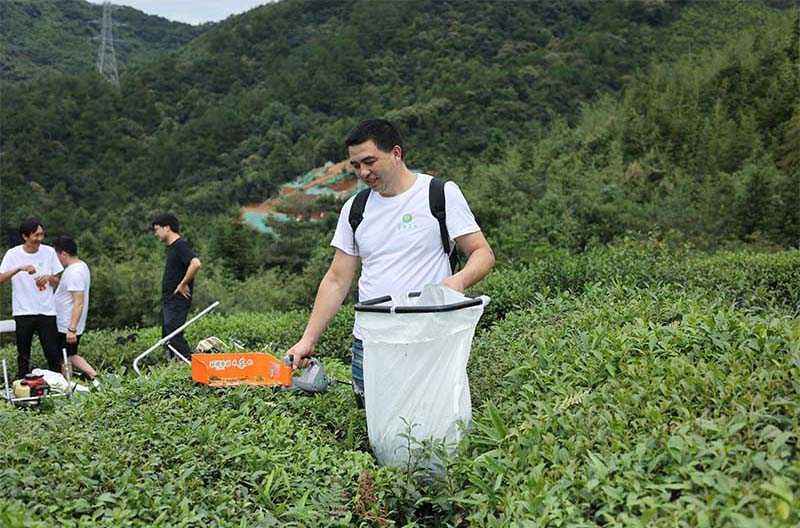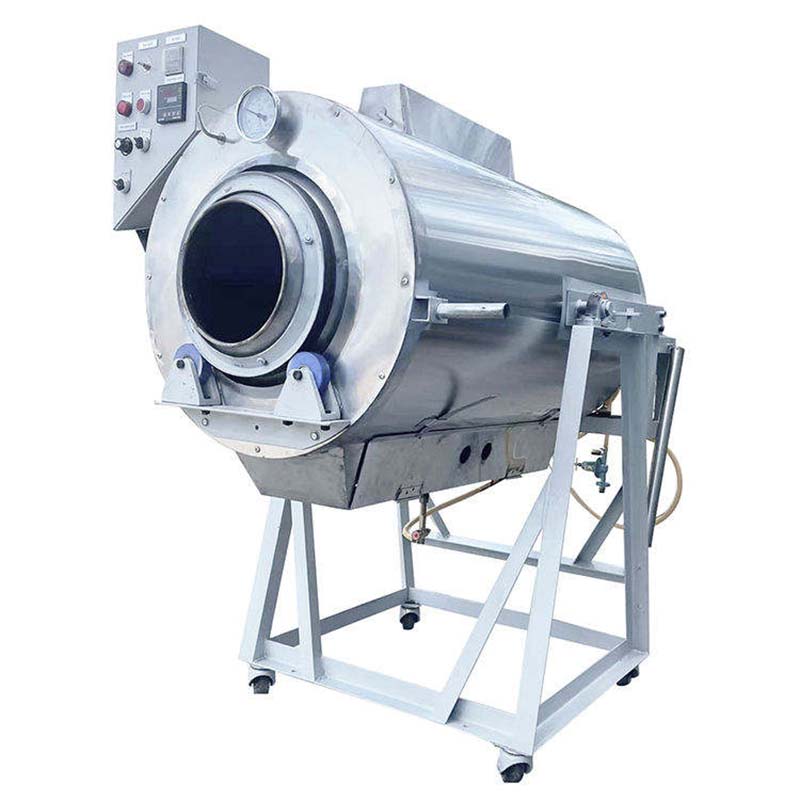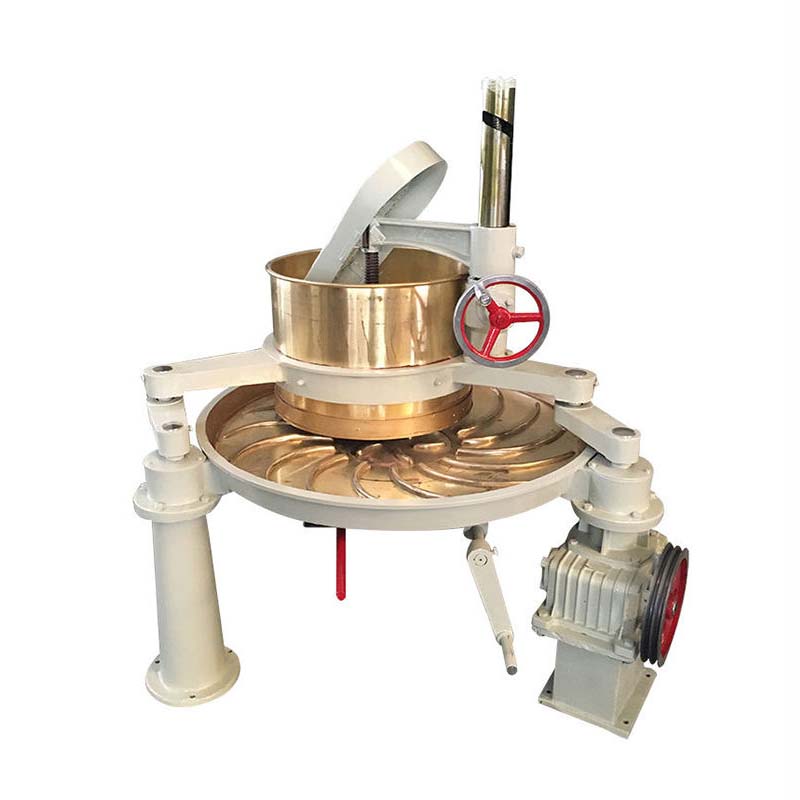What is dark tea made from?
The basic technological process of dark tea is greening, initial kneading, fermenting, re-kneading, and baking. Dark tea is generally picked by Tea Plucking Machines to pick the old leaves on the tea tree. In addition, it often takes a long time to accumulate and ferment during the manufacturing process, so the leaves are oily black or dark brown, so it is called dark tea. Black hair tea is the main raw material for pressing various pressed teas. Dark tea can be divided into Hunan dark tea, Hubei old green tea, Tibetan tea and Diangui dark tea due to differences in production areas and craftsmanship.
Dark tea is made through a series of tea processing machinery, greening, rolling, stacking, drying and other processes.
Fixing: It is to use the tea fixing machine to kill the green leaves at high temperature, so that the bitter taste of the tea will be reduced.
Kneading: It is to knead the finished tea leaves into strands or granules with a tea rolling machine, which is beneficial to the rolling shape and later fermentation of the tea.
The processed black tea is bright and black in color, mellow and mild in taste, bright red in color, and has a light pine fragrance. In terms of shape, black tea has loose tea and pressed tea.
Dark tea is a post-fermented tea rich in vitamins and minerals, in addition to proteins, amino acids and sugar substances. Drinking black tea can replenish essential minerals and various vitamins, which is conducive to the prevention and dietary therapy of anemia.
Characteristics of dark tea
The raw materials of fresh leaves used in most dark teas are coarse and old.
During the processing of black tea, there is a process of discoloration.
Dark teas are all passed through an autoclave process and a slow drying process.
The dry tea color of dark tea is black and oily, or yellowish brown.
The taste of black tea is mellow and smooth, sweet and delicate, and full of throat rhyme.
The aroma of black tea is betel nut, aged, woody, medicinal, etc., and it is long-lasting and resistant to foaming.
The soup color of black tea is orange-yellow or orange-red, the fragrance is pure but not astringent, and the bottom of the leaves are yellowish-brown and thick.
Black tea has a high degree of foam resistance and is suitable for repeated brewing.
Compared with other teas, the production process of dark tea is more and more complicated. Its production is divided into five steps: finishing, initial kneading, stacking, re-kneading, and drying. The tea processing machines used in each link is different. During the production process, different temperature, humidity and pH values will produce different strains, and thus have a decisive impact on the quality of black tea


